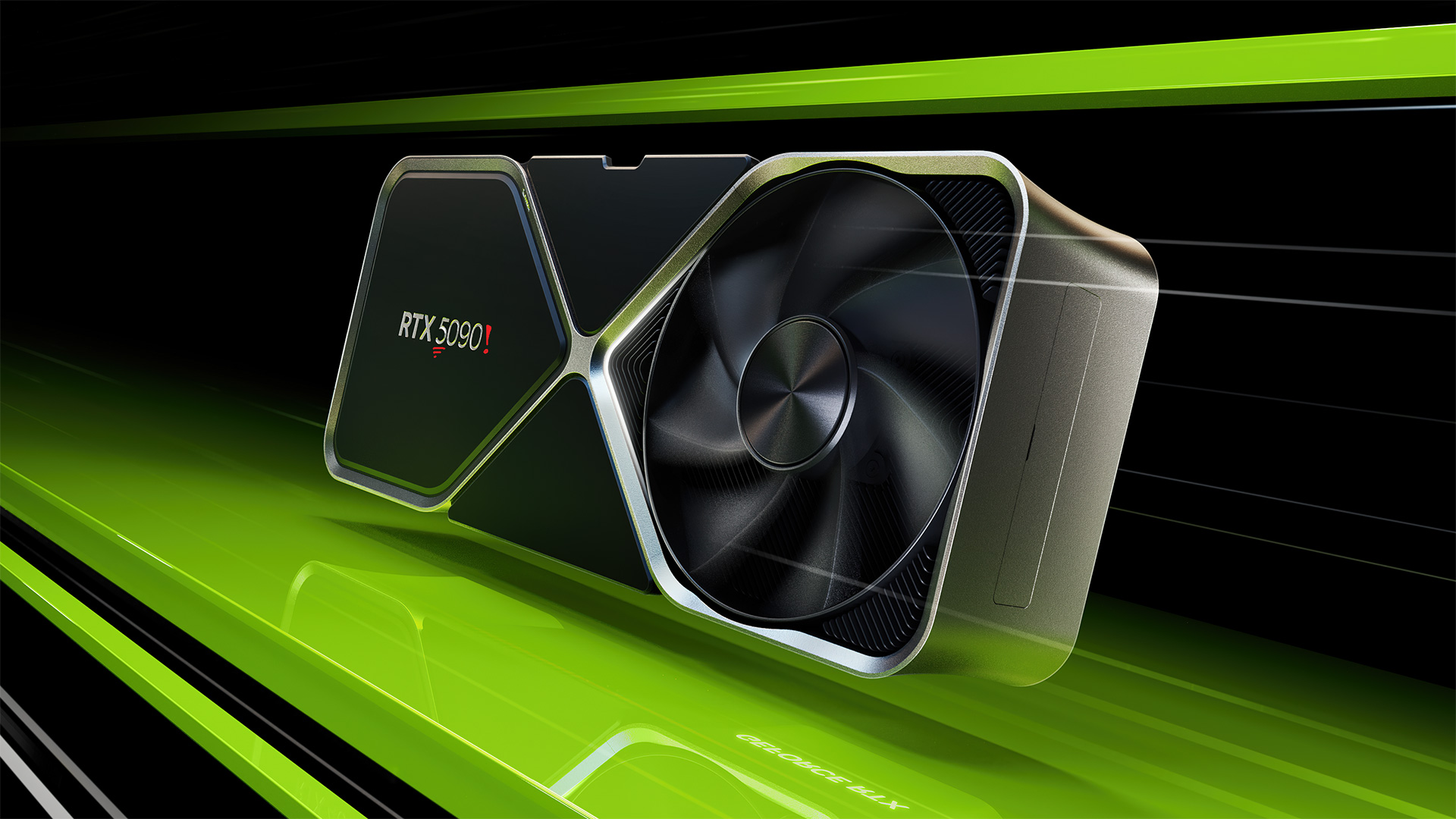
Nvidia’s next-generation GPUs are expected to launch within the coming weeks, with many expecting the leather-clad CEO to announce the RTX 5090 and 5080 graphics cards during his keynote in CES 2025. According to Benchlife.info (machine translated), the RTX 5090, 5090D, 5080, 5070 Ti, and 5070 will be released during the first quarter of the coming year, with the 5060 Ti and 5060 expected to arrive shortly thereafter.
Many expect that Huang will launch the 5090 and 5080 GPUs during CES 2025, especially as cooling components for AIB partners are already starting to ship from suppliers like Auras. On the other hand, rumors point to a February launch for the 5070 and 5070 Ti, but we’ll have to wait until April before we can get the 5060 and 5060 Ti. There is no news, though, of an RTX 5050 desktop GPU in recent leaks, although a Seasonic leak showed that it could potentially have a 100-watt TDP.
If we look at historical data, we can say that the launch of Nvidia’s Blackwell GPUs is already delayed, especially as the company usually releases the first tranche of their next-generation graphics card every September. For example, the RTX 2080 launched in September 2018, while the RTX 3080 and 3090 arrived in September 2020. The RTX 4090 and 4080 were also announced in September 2022, although they arrived on store shelves in October and November of that year, respectively. The delay seems to have been caused by a chip design flaw, which took a few months to fix. The company said that the problem was “100% Nvidia’s fault” and that it has since fixed the problem, with production of Blackwell chips now resuming.
With the launch of the RTX 50-series getting closer each day, we also now get more details about these cards. For example, the RTX 5070 Ti is said to have 8,960 CUDA Cores with a 300-watt power draw, while the RTX 5080 would have 10,752 CUDA Cores and a 400-watt TPG. It’s also rumored that the RTX 5090 will require 600 watts of power and 21,760 cores, making it seem like a dual-core version of the 5080. However, these are all just rumors, and we’ll have to wait until CES 2025 to confirm the actual specifications that these graphics cards will have.







